As a vehicle owner, you're always looking for ways to save money on fuel and improve your car's performance. While there are many factors that can affect your vehicle's fuel efficiency, one often overlooked aspect is tire pressure.
Maintaining the correct tire pressure can not only help you save money at the pump but also extend the life of your tires and improve your vehicle's overall safety.
Tire Pressure Everything You Need to Know
Before we dive into how tire pressure affects fuel efficiency, let's first understand what tire pressure is and why it's important.
What is Tire Pressure?
Tire pressure refers to the amount of air inside your vehicle's tires. It is measured in pounds per square inch (PSI) and can be found in your vehicle's owner's manual or on a sticker inside the driver's side door jamb.
Recommended Tire Pressure for Your Vehicle
The recommended tire pressure for your vehicle is determined by the manufacturer and takes into account factors such as the vehicle's weight, size, and intended use. It's crucial to follow these recommendations to ensure optimal performance and safety.
3 Factors Affecting Tire Pressure
Tire pressure can fluctuate due to various factors, including:
- Temperature changes:As the outside temperature drops, so does the air pressure in your tires. Conversely, when the temperature rises, the air pressure increases.
- Altitude:At higher altitudes, the air pressure in your tires will decrease due to the change in atmospheric pressure.
- Load on the vehicle:The more weight your vehicle is carrying, the more air pressure your tires will need to support the load.

How Incorrect Tire Pressure Affects Fuel Efficiency
Now that we understand tire pressure let's explore how incorrect tire pressure can affect your vehicle's fuel efficiency.
1. Underinflated Tires
When your tires don't have enough air, they have a bigger patch of rubber touching the road. This makes it harder for your tires to roll, so your engine has to use more gas to keep your car moving at the same speed.
You can lose 0.2% of your fuel economy for every 1 PSI your tires are underinflated. That might not seem like a lot, but it adds up, especially if more than one tire is low.
Underinflated tires also wear out faster. The middle of the tire wears down more quickly than the edges, so you have to replace your tires sooner.
To avoid this, check your tire pressure every month with a tire gauge. If your tires keep losing air, have a mechanic check for leaks or damage.
2. Overinflated Tires
Putting too much air in your tires is also bad. When your tires are overinflated, they have a smaller patch of rubber on the road. This can give you a bumpy ride and make it harder to control your car, especially in bad weather.
Some people think overinflating tires improve gas mileage because there's less rolling resistance. But the small gains in fuel efficiency aren't worth the risks.
Over-inflatg tires are more likely to get damaged by potholes or curbs. They can even blow out suddenly, which is very dangerous at high speeds.
Just like with underinflated tires, overinflated ones wear unevenly. The middle of the tire wears down more slowly than the edges, which can make your car harder to handle.
To prevent overinflation, always fill your tires to the pressure recommended by your car's manufacturer(most between 28-36 PSI). You can find this number in your owner's manual or on a sticker inside your driver's side door. Use a tire gauge to check the pressure, and don't just go by how the tires look.
How to Check and Adjust the Tire Pressure of Your Car
Keeping your tires at the right pressure is important for good gas mileage and safe driving. Here's how to check and adjust your tire pressure.
How to Check Tire Pressure
You'll need a tire pressure gauge (tire inflator with pressure gauge better) to check your tire pressure. Here's what to do:
- Take the cap off the valve stem on your tire.
- Push the gauge firmly onto the valve stem until it gives you a reading.
- Check the reading against the recommended pressure for your car. You can find this in your owner's manual or on a sticker inside your driver's side door.
- Do this for all four tires.
It's best to do it when your tires are "cold," meaning you haven't driven more than a mile or two. Driving warms up your tires and changes the pressure reading.
How to Adjust Tire Pressure? 6 Steps
If your tire pressure is too low, you need to add air. You can do this at most gas stations, which have air pumps. Here's how:
- Park close to the air pump and turn off your engine.
- Take the cap off the valve stem.
- Put the air pump hose on the valve stem. Add air in short bursts.
- Check the pressure with your gauge after each burst.
- When the pressure is right, put the valve cap back on.
- Repeat for the other tires.
If your tire pressure is too high, let some air out by pushing on the pin in the center of the valve stem with the back of your gauge or a pen tip. Prepare a portable tire inflator is the best way, using tips here.
How to Keep Tire Pressure Even
It's important to keep the pressure the same in all four tires. If it's not even, your car might pull to one side or wear your tires unevenly.
- Keep a tire gauge in your glove box so you always have it handy.
- If you have trouble bending down to reach your tires, get a gauge with a flexible hose.
- Write down your car's recommended tire pressure on a sticky note and put it in your glove box for easy reference.
- If your tires keep losing pressure, you might have a slow leak. Get it checked out by a mechanic.
- When the seasons change, the outside temperature changes too. This affects your tire pressure, so check it more often in the fall and spring.
By checking and adjusting your tire pressure regularly, you'll save money on gas, make your tires last longer, and stay safer on the road.

Additional Tips for Maximizing Fuel Efficiency
Besides keeping your tires at the right pressure, you can do other things to get better gas mileage:
1. Take Care of Your Tires
- Rotate and balance them regularly
- Keep your wheels aligned
2. Choose the Right Tires
- Get fuel-efficient ones for better mileage
- Make sure they fit your car and driving conditions
3. Drive Smart
- Accelerate gently and keep a steady speed
- Coast to a stop and avoid idling
- Travel light and plan your trips
Practical Tips:
- Watch your car's gas mileage display for real-time feedback
- Combine errands and avoid rush hour when you can
- Find the cheapest gas near you with apps or websites
- Keep your car tuned up for peak efficiency
By taking good care of your tires, picking the right ones, and driving wisely, you can stretch your gas money further.
Don't Let Your Tires Deflate Your Wallet!
Maintaining proper tire pressure is a simple way to boost your car's fuel efficiency and save money. Underinflated tires waste gas and wear out quickly, while overinflated ones give a rough ride and are prone to damage.
Check your pressure monthly with a gauge and keep it at the recommended level. When combined with smart driving habits and regular tire care, the right pressure can help you get the most out of every fill-up and keep your tires rolling smoothly for miles to come. So, grab a gauge and give your tires some TLC today - your budget and your car will be glad you did!

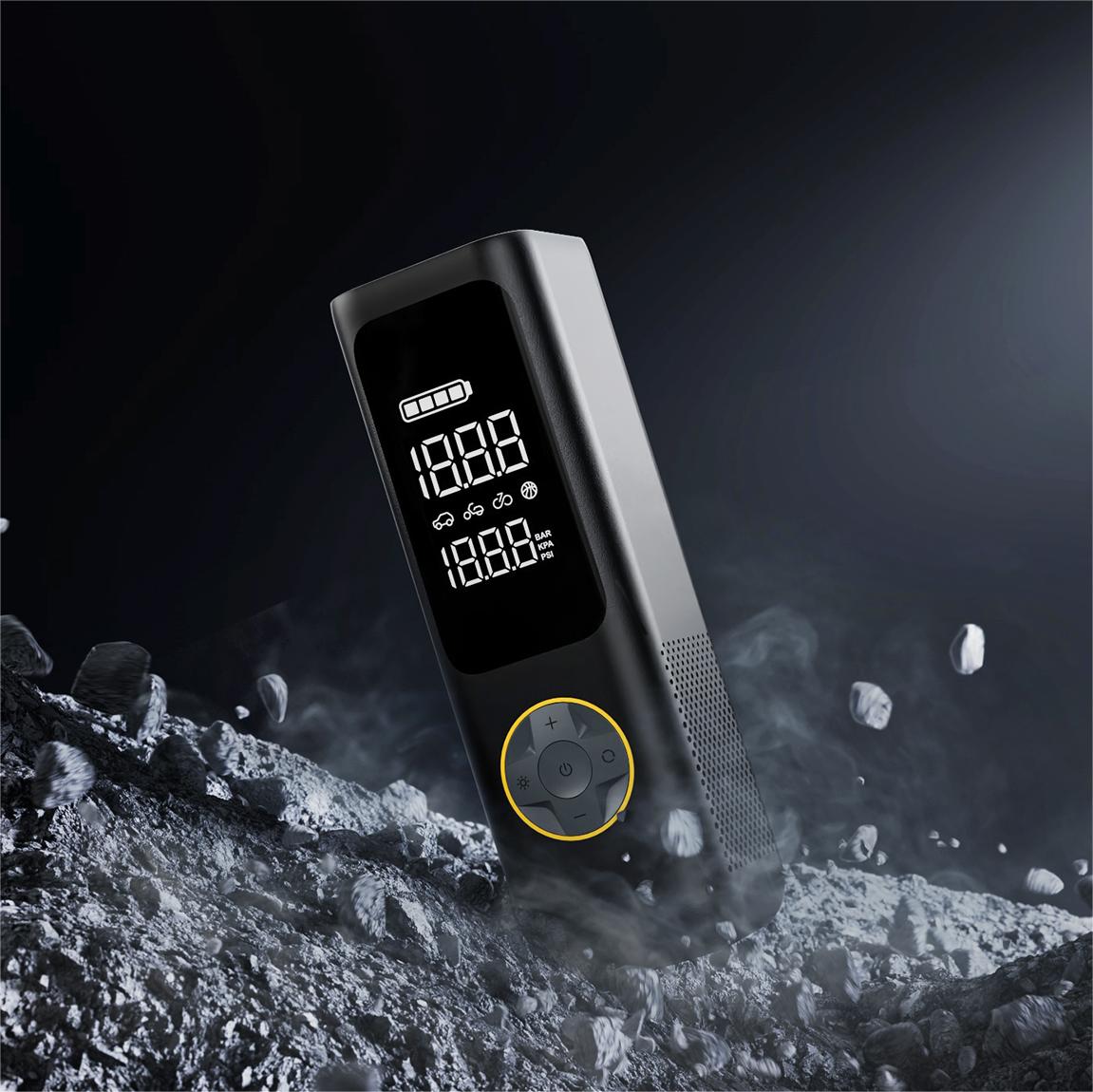

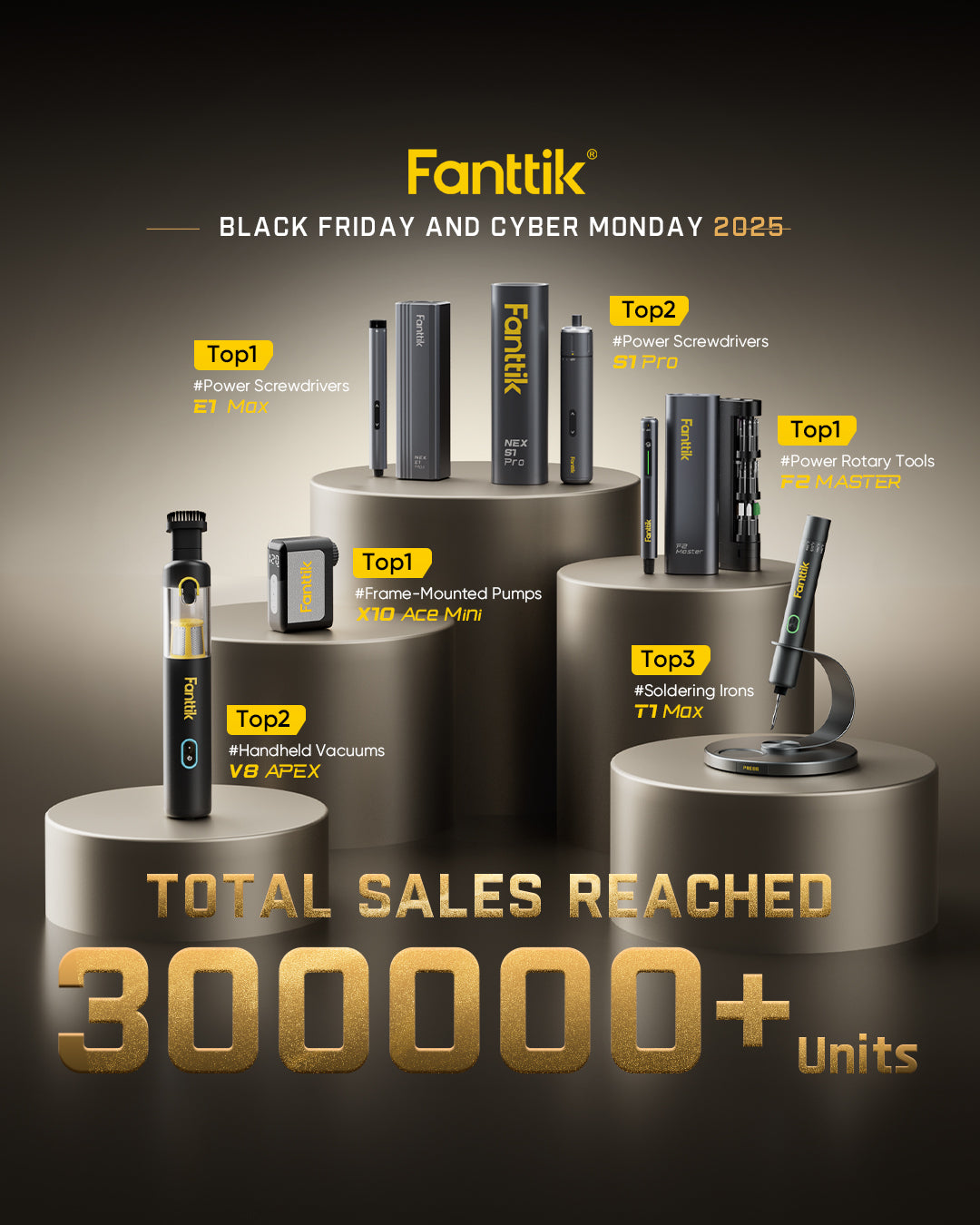

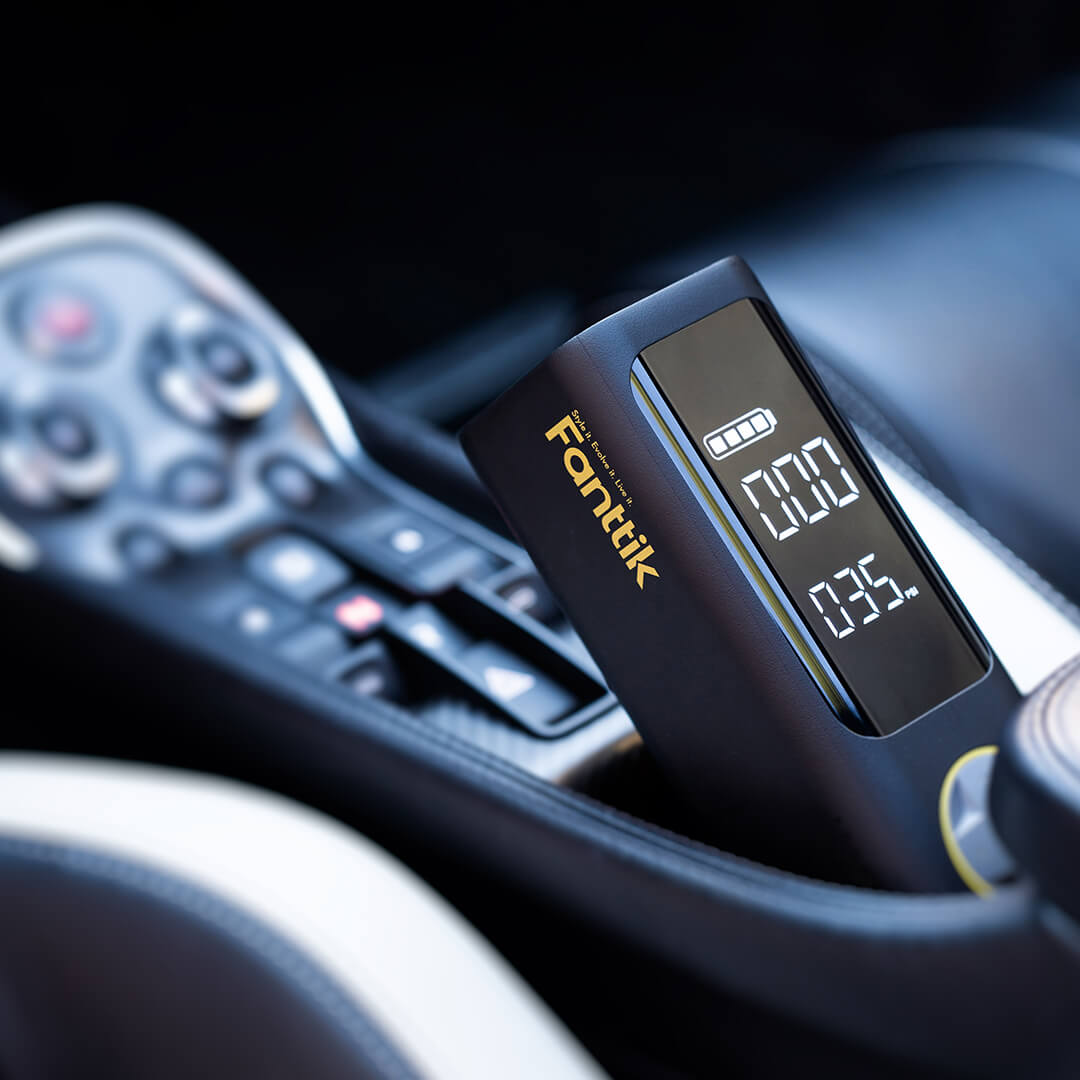
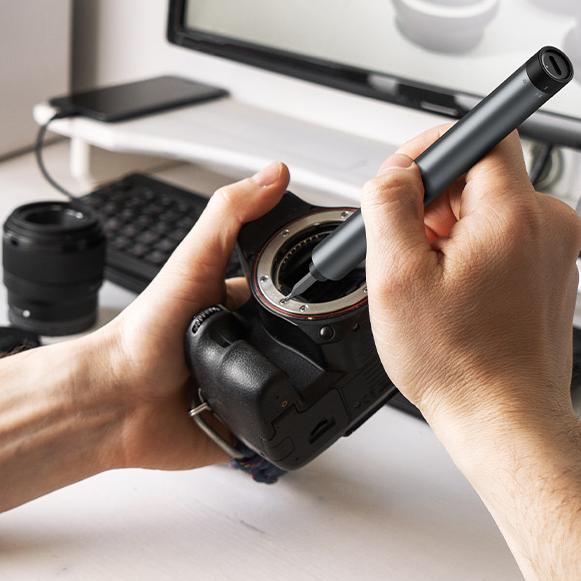



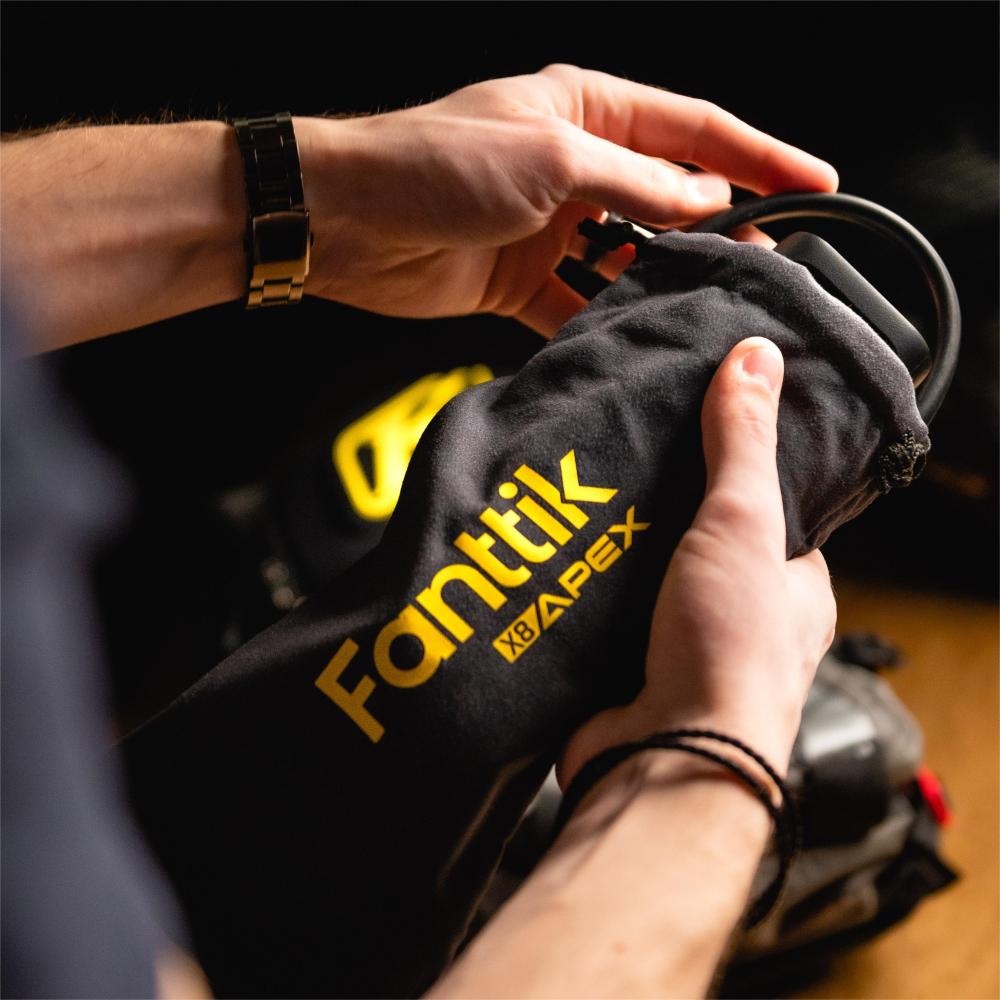

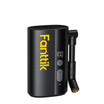
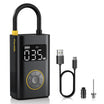
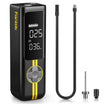
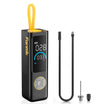
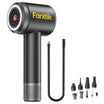
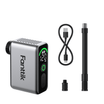
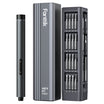
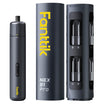
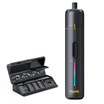
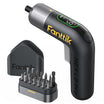
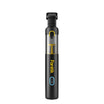
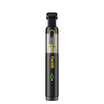
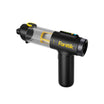
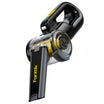
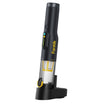
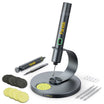
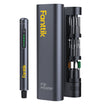
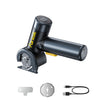
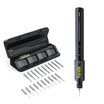
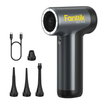
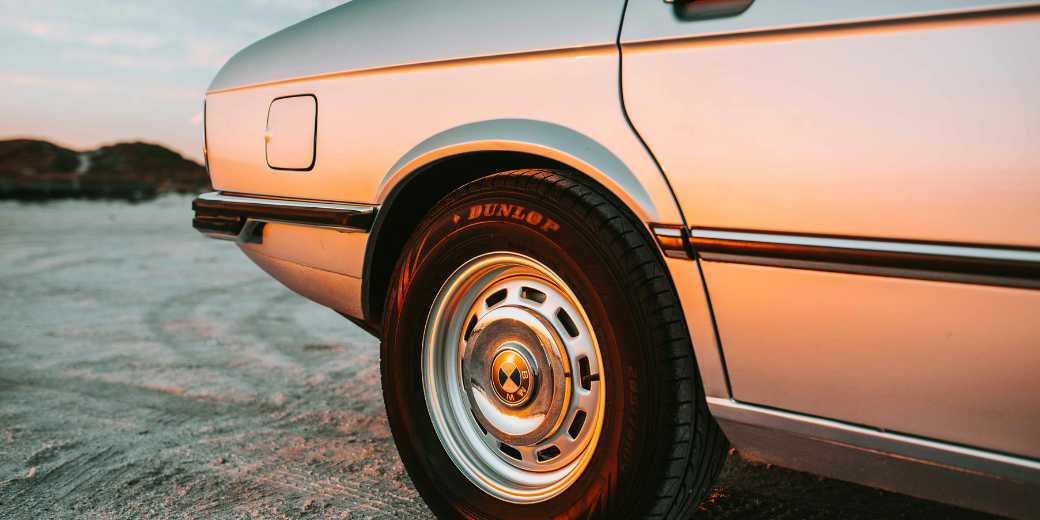



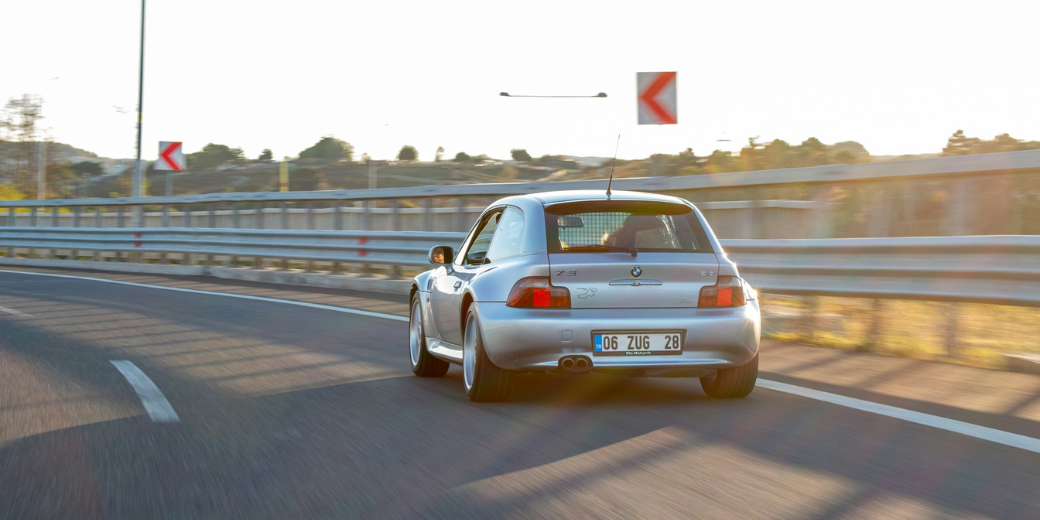
Leave a comment
All comments are moderated before being published.
This site is protected by hCaptcha and the hCaptcha Privacy Policy and Terms of Service apply.